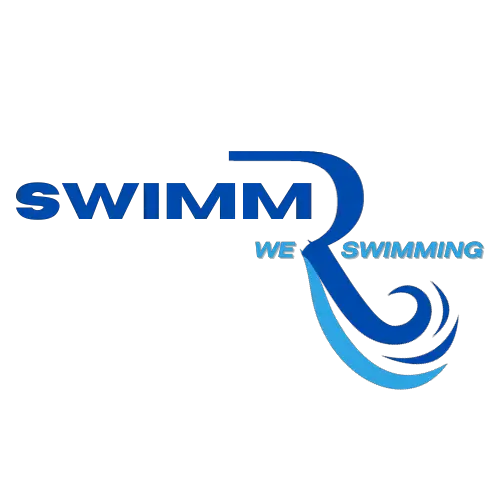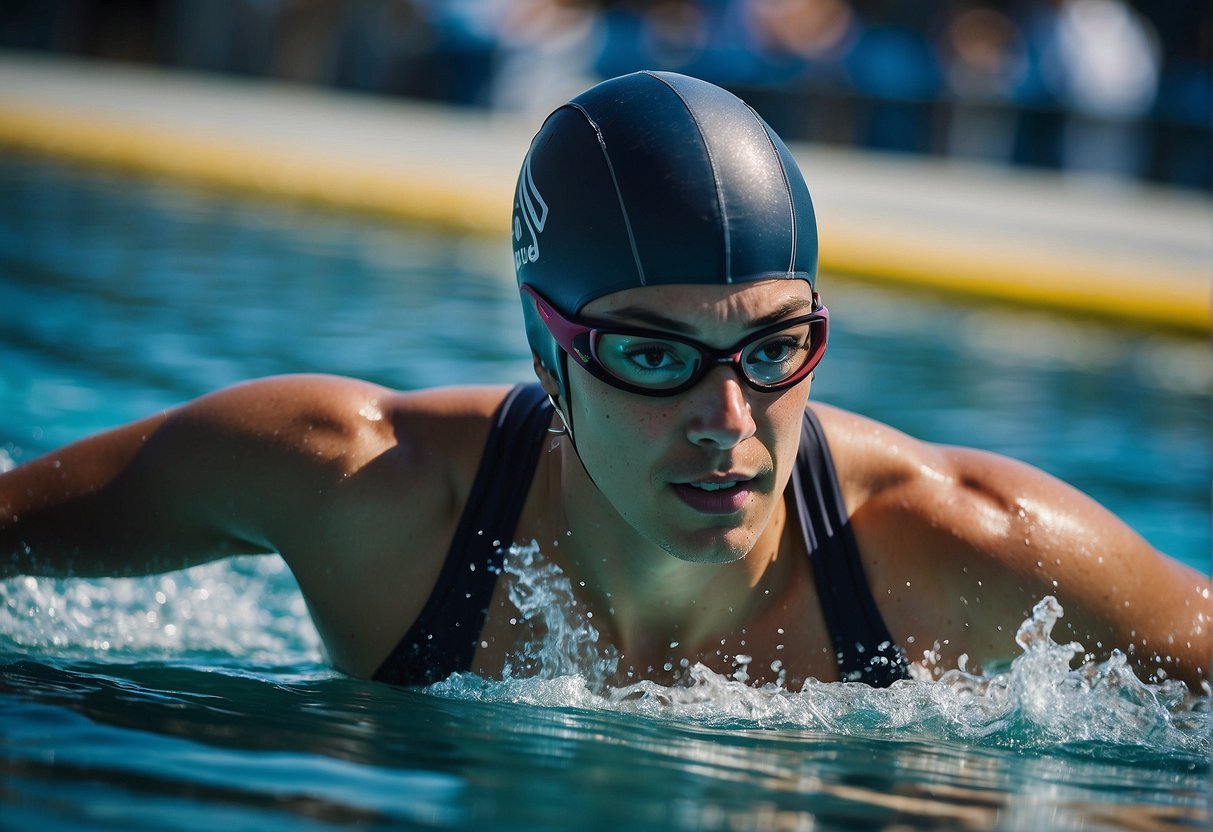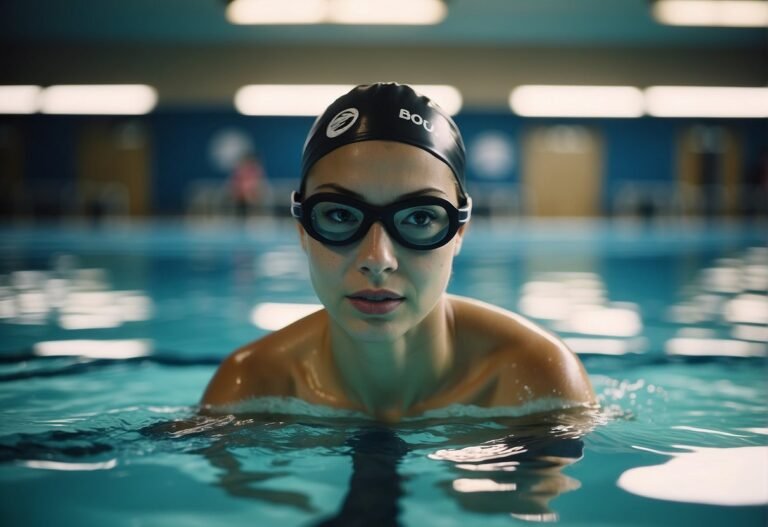Speed through the water like never before! “How to Get Faster at Swimming: Interesting Experts Tips” brings you cutting-edge advice from swimming experts to boost your pace and performance.
Developing Strong Swimming Techniques
To swim faster, sharpening your swimming technique is essential. It’s all about precise movements, efficient kicking, strategic breathing, and a streamlined position – let’s dive straight into how you can develop these skills!
Mastering Fundamental Strokes
Your stroke technique is the cornerstone of your swimming efficiency. Different strokes – like freestyle, backstroke, butterfly, and breaststroke – have unique requirements for hand placement, arm movement, and overall execution.
A longer stroke can often lead to improved propulsion and thus a faster swim, provided you maintain an effective stroke rate. Ensure your pull through the water is powerful and deliberate with each stroke cycle.
- Freestyle: Extend your arm fully, and keep your fingers close, cupped, and pointing downward.
- Backstroke: Rotate your body uniformly with the arm’s motion, and enter the water with your little finger first to get a good pull.
- Breaststroke: Focus on the timing of the pull-push-recovery sequence for maximum efficiency.
- Butterfly: Make sure your dolphin kicks are synchronized with a strong arm pull.
Perfecting Kick Efficiency
A forceful and efficient kick is a driver for speed. Regardless of stroke, your legs should deliver steady propulsion while maintaining your body’s balance in the water.
- Freestyle and Backstroke: Utilize a flutter kick with pointed toes for minimal drag and consistent rhythm.
- Breaststroke: Practice a whip-like kick, making sure your legs are symmetrical and snapping together forcefully.
- Butterfly: Develop powerful dolphin kicks, pressing your chest and hips in a wave-like motion.
Enhancing Breathing and Rotation
Optimized breathing paired with body rotation ensures oxygen efficiency while contributing to a longer and faster stroke. Breath control is a subtle yet compelling factor in swimming fast. Work on:
- Breathing: Coordinate your breaths with your arm pulls. Inhale quickly and exhale underwater to maintain a steady rhythm.
- Rotation: Integrating rolling from side to side allows for a wider range of motion and greater propulsion. Rotate your body along your spine as a unified axis during each stroke.
Streamlining Body Position for Reduced Drag
Reducing drag is crucial – the more streamlined your position, the faster you’ll cut through the water.
- Swimming Taller: Imagine reaching as far forward as you can with each stroke.
- Body Position: Keep your body aligned, with hips high and head down.
- Kick and Pull: Coordinate to maintain a constant forward motion without excessive upward or downward movement.
Optimizing Training and Recovery

Creating a Structured Training Plan
Start by outlining a structured training plan that details your swim workouts, including the duration and intensity. This plan should progressively build your speed and endurance. Vary your strokes and incorporate intervals to push your limits. Regular feedback from coaches can guide adjustments to your plan, ensuring continuous improvement.
Incorporating Dryland Strength Workouts
To complement your pool sessions, dryland strength workouts are crucial. They build muscle, increase power, and can help prevent injuries. Focus on exercises that improve your core strength and mimic swimming movements. Include resistance training to enhance muscle endurance.
Implementing Effective Recovery Techniques
Recovery is just as important as the swim training itself. Prioritize adequate sleep, aiming for 7 to 9 hours to allow your muscles to repair. Nutrition and hydration play key roles; replenish with balanced meals and fluids post-workout. Incorporate active recovery such as light swimming or stretching with a foam roller to maintain flexibility and flush out lactic acid.
Building a Winning Mindset and Physical Preparedness

Setting Achievable Swimming Goals
To accelerate your swimming speed, begin with setting clear, measurable goals. Ask yourself: What is my target time for my best freestyle stroke? Break down your overarching aim into smaller, quantifiable objectives. For example:
- Short-term Goals:
- Shave off two seconds from your 100m butterfly time in three months.
- Long-term Goals:
- Become the fastest swimmer in your age group by the end of the season.
Refining Mental Strategies
The mental game in swimming is as critical as physical skill. To keep your motivation surging, develop a pre-race routine to calm nerves and set your focus. Practices may include:
- Visualization:
- Spend five minutes envisaging a perfect swim from dive to touch, emphasizing rhythm and timing.
- Positive Self-talk:
- Replace doubts with affirmations, like “I am strong, I am fast, I dominate the breaststroke.”
Enhancing Flexibility and Core Strength
Maximize your streamline position with routines that amplify flexibility and bolster core muscles. Resistance training and stretching exercises can create a body capable of slicing through water with minimal resistance. Incorporate these into your weekly regimen:
- Core Workouts:
- Three sets of planks, each for 60 seconds, to enhance your core stability and momentum.
- Flexibility Drills:
- Daily dynamic stretches that target shoulders and hips, vital for an effective swimming rhythm.
FAQ:
How do I improve my swimming speed?
Improve your swimming speed by refining your technique, increasing strength and flexibility, and incorporating speed drills and interval training into your practices.
Why can’t I get faster at swimming?
If you’re not getting faster at swimming, it could be due to inefficient technique, inadequate training intensity, or lack of rest and recovery.
How to swim faster in 90 seconds?
To swim faster in 90 seconds, focus on explosive starts, powerful kicks, streamlined positioning, and fast turns, while maintaining efficient strokes.
How to swim faster without getting tired?
Swim faster without getting tired by perfecting your technique, pacing yourself, breathing properly, and building endurance through consistent training.



